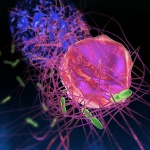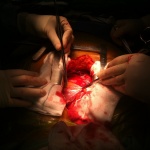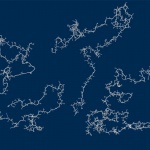
News • Photoacoustics
New method shows 3D images of cancer cells in the body
Making tumour cells glow: Medical physicists at Martin Luther University Halle-Wittenberg (MLU) have developed a new method that can generate detailed three-dimensional images of the body's interior. This can be used to more closely investigate the development of cancer cells in the body. The research group presents its findings in "Communication Physics".


























